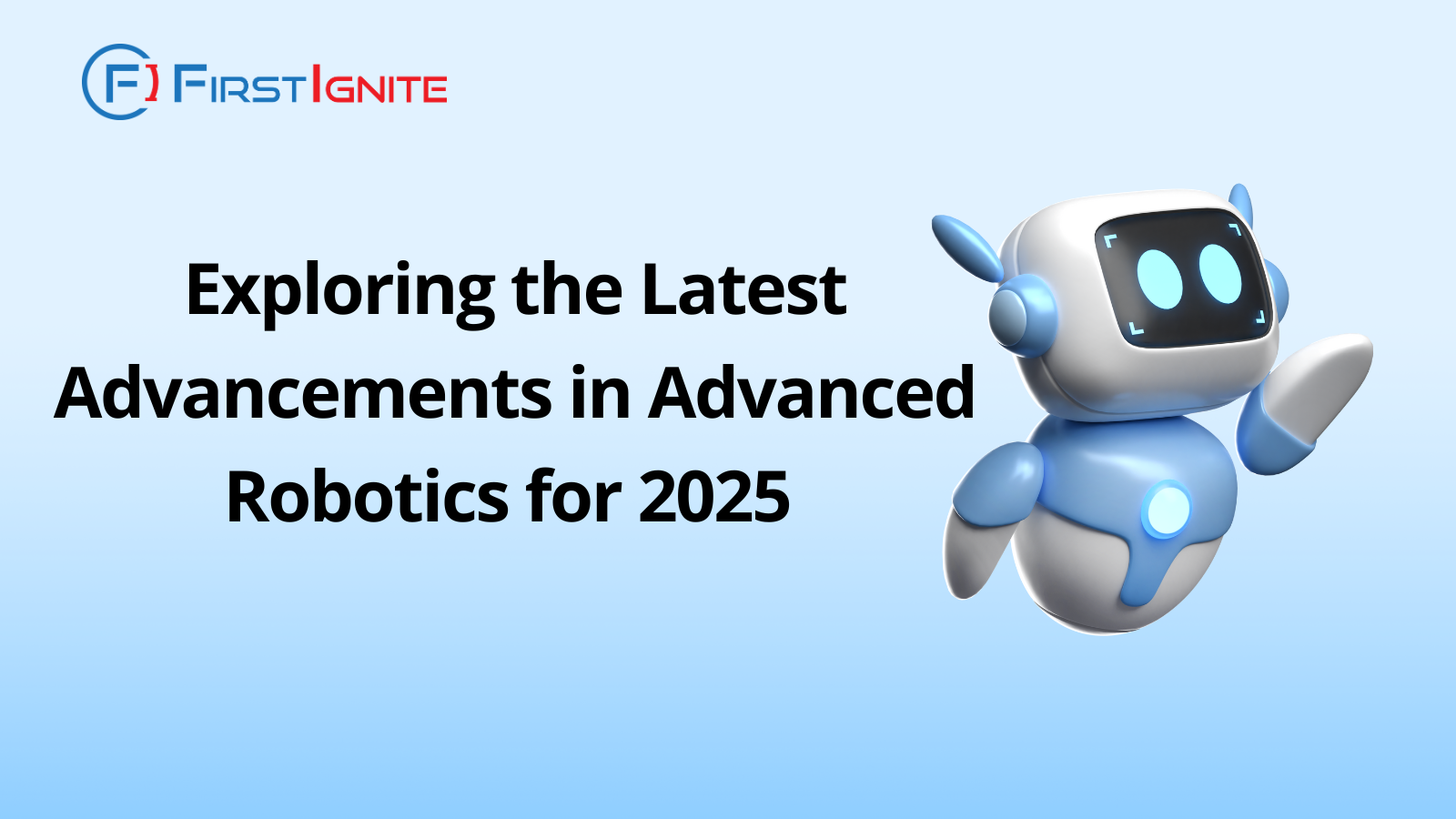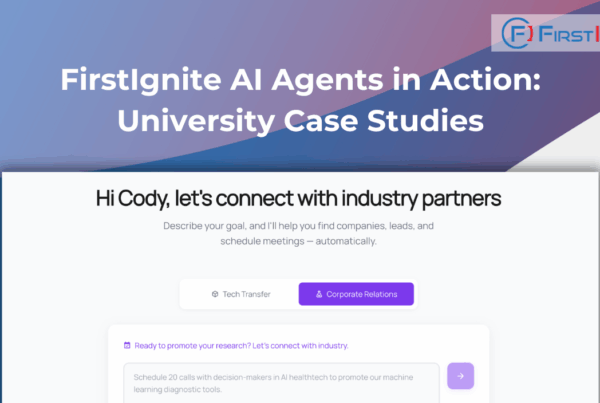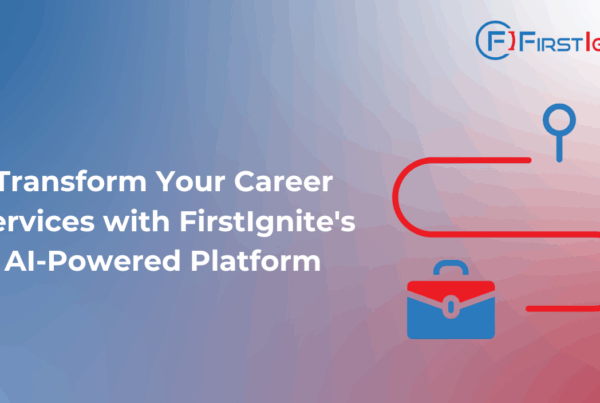
Advanced robotics merges cutting-edge technology, AI, and engineering to create intelligent machines that perform complex tasks with precision. Its applications, from industrial automation to healthcare, are reshaping how we live and work.
This article explores the latest breakthroughs, upcoming innovations, and the impact of robotics across industries, offering insights for tech enthusiasts, professionals, and curious readers alike.
Robotics Innovations to Look Out for in 2025
By 2025, advanced robotics will see transformative innovations, including:
- Hyper-Intelligent Robots: Enhanced AI will enable robots to solve complex problems, process natural language, and demonstrate creative thinking.
- Autonomous Mobility: Mobile robots equipped with advanced sensors and algorithms will navigate complex environments independently.
- Surgical Robotics: Precise, minimally invasive surgical robots will improve medical procedures, enhancing outcomes and reducing recovery times.
- Robotic Exoskeletons: Advanced exoskeletons will boost human strength, endurance, and mobility, transforming industries like manufacturing and healthcare.
- Swarm Robotics for Disaster Response: Swarm systems will assist in emergencies, navigating hazardous areas and supporting rescue operations.
- Soft Robotics for Delicate Tasks: Progress in soft robotics will lead to manipulators adept at handling fragile items, benefiting electronics, food processing, and healthcare.
These innovations will reshape industries, enhance human abilities, and foster seamless collaboration between robots and people.
University Advanced Robotics Innovations
Universities are advancing robotics with innovations like the University of Michigan’s human-robot collaboration in search and rescue, autonomous systems, and NASA-supported Astrobees, providing astronauts with real-time feedback. Carnegie Mellon’s MetaMobility Lab, led by Dr. Inseung Kang, focuses on wearable robotics, developing AI-powered exoskeletons to enhance mobility for individuals with motor impairments, paving the way for smarter, adaptive assistive devices.
Applications of Advanced Robotics in Different Sectors
Advancements in robotics are set to revolutionize industries and transform daily life. In manufacturing, robotics boost efficiency, precision, and productivity, with future systems collaborating seamlessly with human workers. In healthcare, surgical robots and exoskeletons will improve patient outcomes, shorten recovery times, and enhance quality of life. Logistics will benefit from autonomous robots and warehouse automation, streamlining supply chains and reducing errors. Disaster response will leverage swarm and soft robotics to navigate hazardous environments and support rescue missions. In construction, robotic exoskeletons and autonomous equipment will improve safety and enable more complex projects. Agriculture will see automated planting, harvesting, and processing, enhancing productivity and sustainability. As these technologies evolve, they will drive innovation, improve efficiency, and enrich lives across the globe.
Conclusion: Looking Ahead to the Future of Advanced Robotics
As we’ve explored in this article, the world of advanced robotics is on the cusp of a remarkable transformation. The latest advancements in artificial intelligence, machine learning, and innovative robotic technologies are paving the way for a future where robots and humans work in seamless harmony, enhancing our capabilities, improving our quality of life, and pushing the boundaries of what’s possible.
From hyper-intelligent robots capable of complex problem-solving to autonomous mobile systems that can navigate challenging environments, the innovations on the horizon are truly awe-inspiring. As these technologies continue to mature and find their way into various industries, we can expect to see a profound impact on fields ranging from healthcare and manufacturing to disaster response and exploration.




